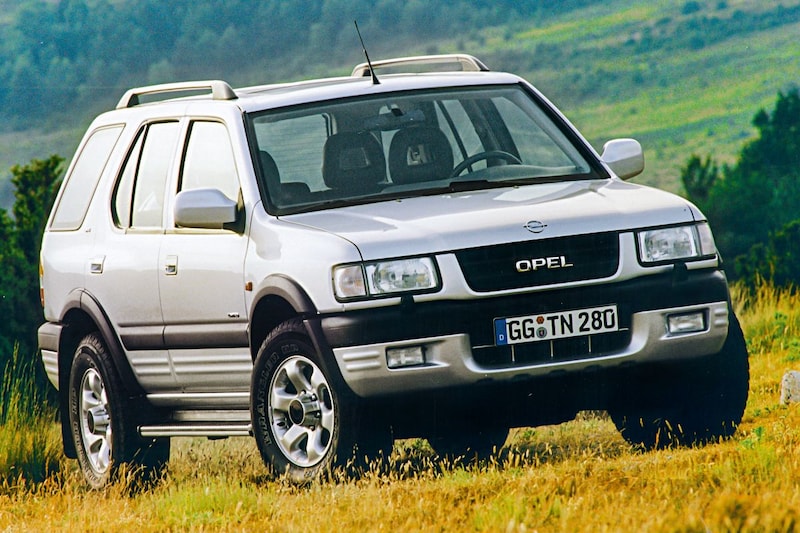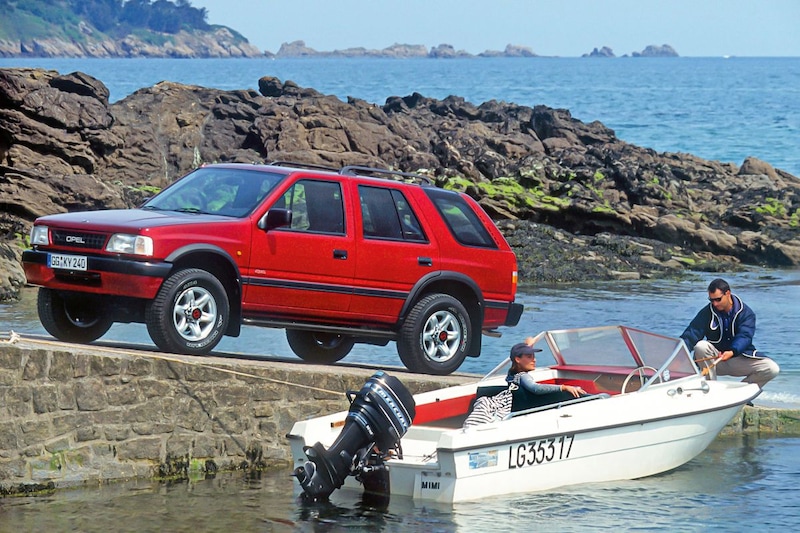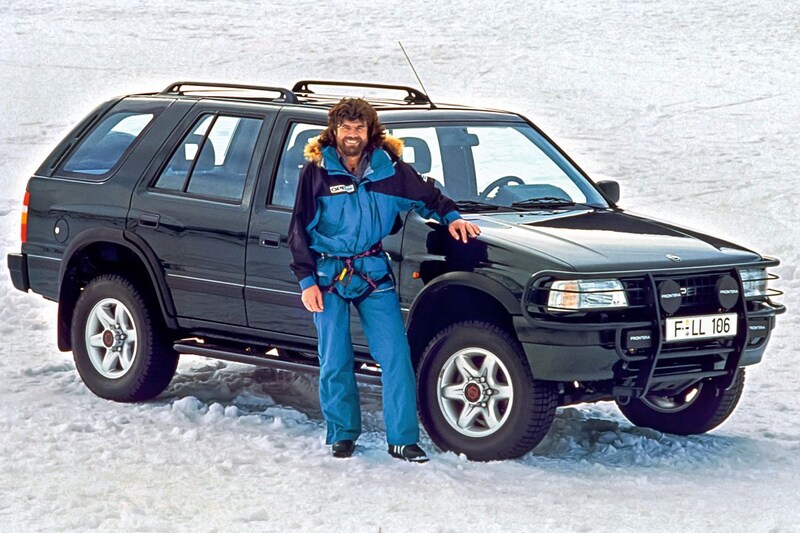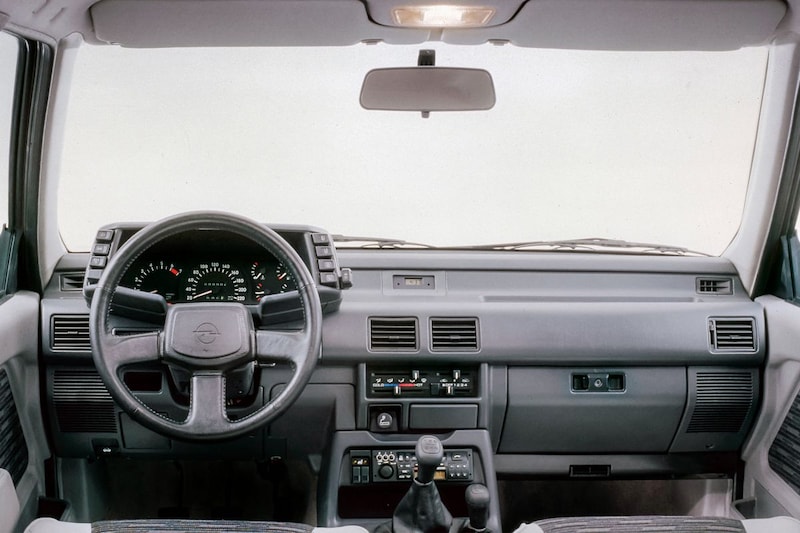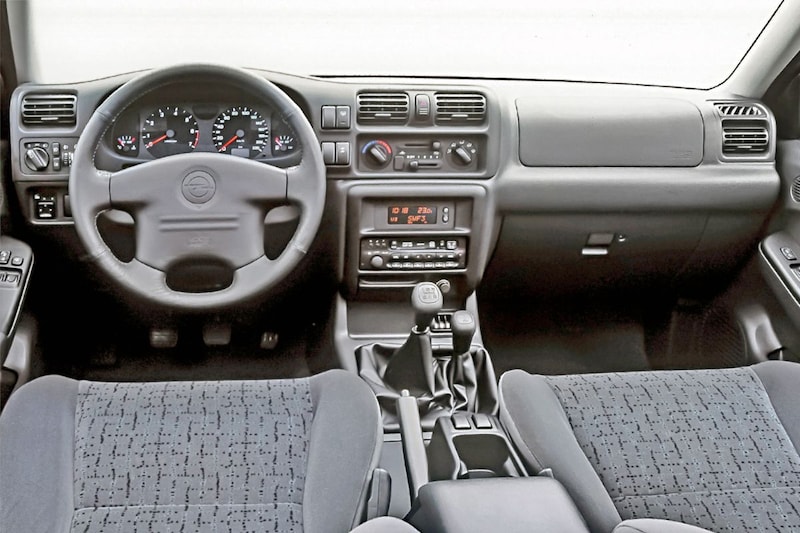The Opel Frontera was a real world car: it was based on a Japanese Isuzu, German Opel engines and it was built near London. For a while it was the best-selling all-terrain vehicle in Europe, but it was rarely really loved. A look back at Opel’s steps in 4×4 30 years ago.
Brothers are nice to have, until you have to wear their old clothes. At Opel they can write a book about it. The manufacturer from Rüsselsheim stuck its logo on many models of sister brands. The Antara had a Korean base, the Sintra was born in the US and so was the electric Ampera-e. And then there was the Frontera, which was secretly an Isuzu, but equipped with Opel engines (from the Omega) and a handful of logos with the famous lightning bolt. In one respect, however, it differed from the aforementioned models: the brother from Japan was not only a sales hit, but also a true trendsetter. At its debut 30 years ago at the Geneva Motor Show, Opel referred to the Frontera in a somewhat cumbersome way as a ‘four-wheel drive leisure car’. The abbreviation SUV does not ring a bell with the general public in Europe. What Opel’s advertising people meant to say: The Frontera is more than a pragmatic off-road vehicle, it’s a car to have fun with. That is a very normal claim with an SUV today. But then? Only forest rangers and people who had to move a fishing cart or other heavy trailer sat high above the asphalt. All terrain vehicles were workhorses, not cars you bought purely for fun.
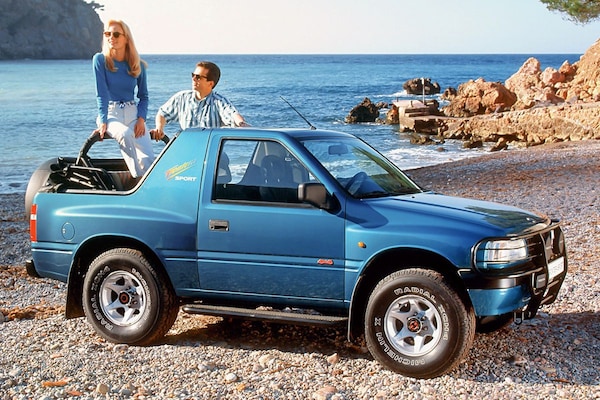
Opel Frontera
Then Opel comes up with the Frontera. Advertising photos show how hip city people with the open roof enjoy the sunset in the all-terrain vehicle/coupé/convertible. Images are also being distributed showing how families go out with mountain bikes, another such new trend. They are not associations that people get in those years with a G-class, Land Rover or Land Cruiser. And that while market researchers already know that only 14 percent of all-terrain vehicle owners sometimes leave the beaten track, according to a report from Alt-Opel (alt-opel.eu).
Best sold
Then everything goes according to plan: in 1993 and 1994 the Frontera is the best-selling all-terrain vehicle in Europe. Most in demand is the German-British Japanese in Germany.
British, do we hear you thinking? Yes, because General Motors has the Frontera produced by the joint venture IBC Vehicles in the British Luton (60 percent Vauxhall, 40 percent Isuzu). The basis for the three-door is formed by the Isuzu MU, the five-door is based on the Isuzu Wizard. The German newspaper Bild am Sonntag asks the famous mountaineer Reinhold Messner in 1991 to test drive the new Opel. Messner is impressed by the model’s off-road qualities, but he does not like lifestyle features such as the detachable hardtop. “It’s no use to me, it’s just bragging. If I want fresh air, I’ll open a window,” he says. Nevertheless, the Opel Frontera marks the start of a new vehicle category. The Toyota RAV4 (from 1994) is known as the first compact fun-offroader, but the Opel was actually ahead of it. On the understanding that Toyota took the daring step for the RAV4 by being the first to give this model a self-supporting body, while Opel stuck to the construction with a separate chassis, familiar for off-road vehicles. Given the basis of Isuzu, it had no choice in this either.
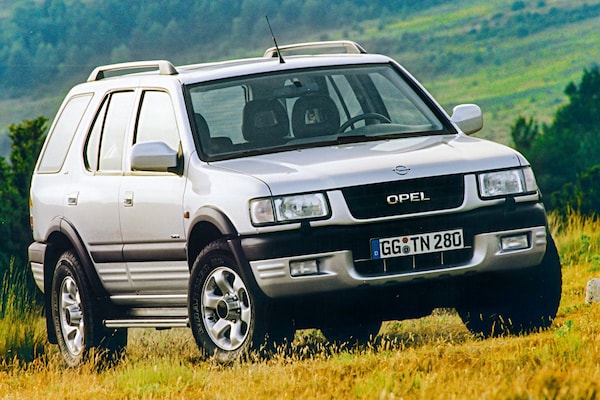
Opel Frontera
And what about the technology? When AutoBild colleagues subjected the model to a second-hand check in 2003, the editors felt that the model transitioned seamlessly from teething problems to serious problems. The Frontera was a problem child and we lack space on these pages to name all the points. Let’s put it this way: the claimed ten-fold anti-corrosion protection does not seem to have been very effective. As a result, the Frontera is still not a sought-after classic. At the time of writing, there is exactly one for sale on autoweek.nl, for €3,749 and with a generous 300,000 kilometers on the clock. Or were all those fun kilometers? Unfortunately that is not included.
– Thanks for information from Autoweek.nl
